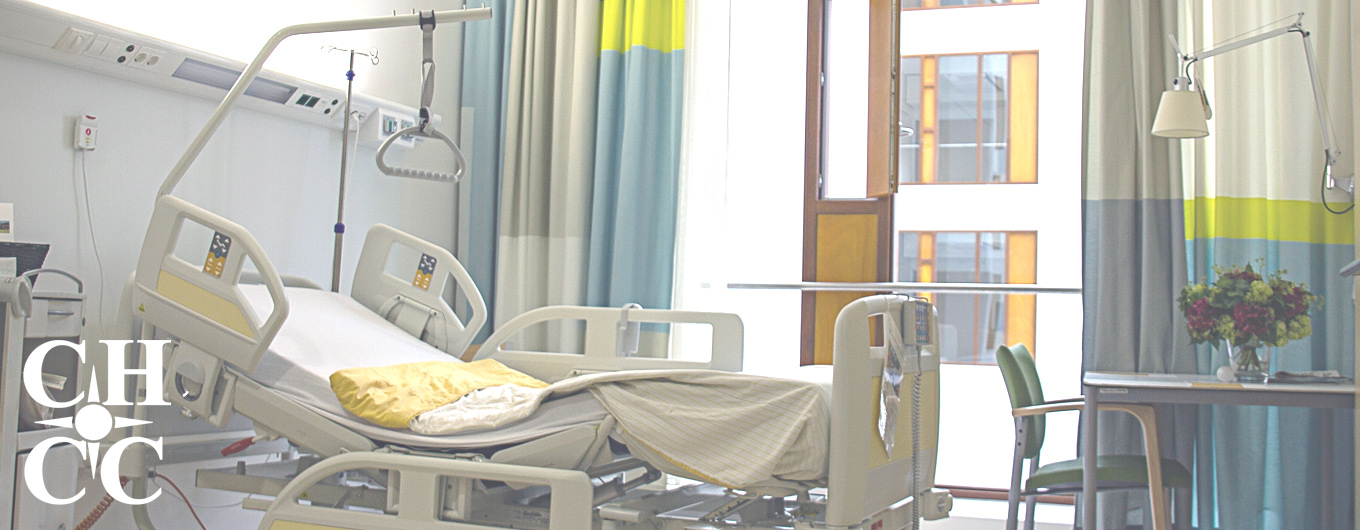
By: Barrie Quappé MPA, RN, BSN – Consultant/Director:
Healthcare-associated infection, or HAI’s, occur more commonly than the average person may assume.
In 2015, Cayman News Service reported:
“(CNS): The George Town hospital has confirmed that it has dealt with some 32 cases of the hospital super-bug MRSA over the last two years. But officials told CNS that the HSA is tackling the super-bug and an infection control surveillance system has been in place since 1990 to identify and track all incidences of hospital acquired infections, which includes MRSA. CNS requested information from the Health Services Authority regarding the super-bug after reports from readers that they were struggling to get a diagnosis but believed that had contracted the antibiotic resistant MRSA at the local facility. Methicillin-Resistant Staphylococcus Aureus is the most common ‘super-bug’ found in hospitals and it is plaguing medical facilities around the world.” [ https://caymannewsservice.com/2015/10/gt-hospital-is-tackling-mrsa-superbug/ ]
Unfortunately, I could not locate any readily available statistics online for the Cayman Islands regarding HAIs. This would be helpful to know especially when planning for effective disinfection programmes. Newer devices, such as using aerosolized hydrogen peroxide machines, at first offered great potential for high risk areas such as Critical Care Units typically equipped with reverse isolation for highly infectious diseases (such as legionnaires). But what does the report card look like currently?
Here are some sources I found quite interesting:
“SUMMARY:
Many studies have demonstrated that terminal cleaning and disinfection with germicides is often inadequate and leaves environmental surfaces contaminated with important nosocomial pathogens. ‘No touch’ methods of room decontamination (i.e., UV devices and hydrogen peroxide systems) have been demonstrated to reduce key nosocomial pathogens on inoculated test surfaces and on environmental surfaces in actual patient rooms. Further UV devices and hydrogen peroxide systems have been demonstrated to reduce HAI. A validated ‘no touch’ device or system should be used for terminal room disinfection following discharge of patients on contact precautions. The use of a ‘self-disinfecting’ surface to reduce HAI has not been convincingly demonstrated.” (Weber, Kanamori & Rutala, 2016, p.424)
Importantly, here is a clear recommendation:
“The new no-touch methods for room disinfection supplement, but do not replace, daily cleaning.” (Barbut,2015, p.287)
Information on the drawbacks to hydrogen peroxide:
“Hydrogen peroxide (itself a disinfectant) is released by the powerful oxidizer peracetic acid (PAA), which biodegrades to carbon dioxide, water, and oxygen. Notwithstanding its high sporicidal action, PAA presents the following downside, among others: corrosiveness and strong odor.” (Uwamahoro et al, 2018)
Further:
“Surface tests are preferable for evaluating disinfectants with sporicidal effects on hard surfaces. This study applies improved methods, based on the ASTM E2197-11 standard, for evaluating and comparing the sporicidal efficacies of several disinfectants against spores of C. difficile and B. amyloliquefaciens, which are used as the test organisms. With the improved method, all spores were recovered through vortexing and membrane filtration. The results show that chlorine-based products are effective in 5 min and Bioxy products at 5% w/v are effective in 10 min. Although Bioxy products may take longer to prove their effectiveness, their non-harmful effects to hospital surfaces and people have been well established in the literature.” (2018)
These updates demonstrate clearly why it is so important to ensure your infection control policies are reviewed and revised at least annually. Research is constantly changing, especially in today’s world of increasingly resistant super bugs.
References
- Barbut, F. (2015) ‘How to eradicate Clostridium difficile from the environment’, The Journal of Hospital Infection, , no. 89, April [Online] Available from: https://www.ncbi.nlm.nih.gov/pubmed/25638358 (Accessed: 20 July 2018)
- Uwamahoro,M.C, Massicotte,R., Hurtubise,Y., Gagné-Bourque, Mafu,A.A., & Yahia, L. (2018) ‘Evaluating the Sporicidal Activity of Disinfectants against Clostridium difficile and Bacillus amyloliquefaciens Spores by Using the Improved Methods Based on ASTM E2197-11’, Front Public Health, no. 6, February [Online] https://www.ncbi.nlm.nih.gov/pmc/articles/PMC5807369/ (Accessed 20 July 2018)
- Weber, D.J.1, Kanamori H.,& Rutala, W.A. (2016) ‘ ‘No touch’ technologies for environmental decontamination: focus on ultraviolet devices and hydrogen peroxide systems’, Current Opinion in Infectious Diseases, no.4, August [Online]. Available from: https://www.ncbi.nlm.nih.gov/pubmed/27257798 (Accessed: 20 July 2018)
